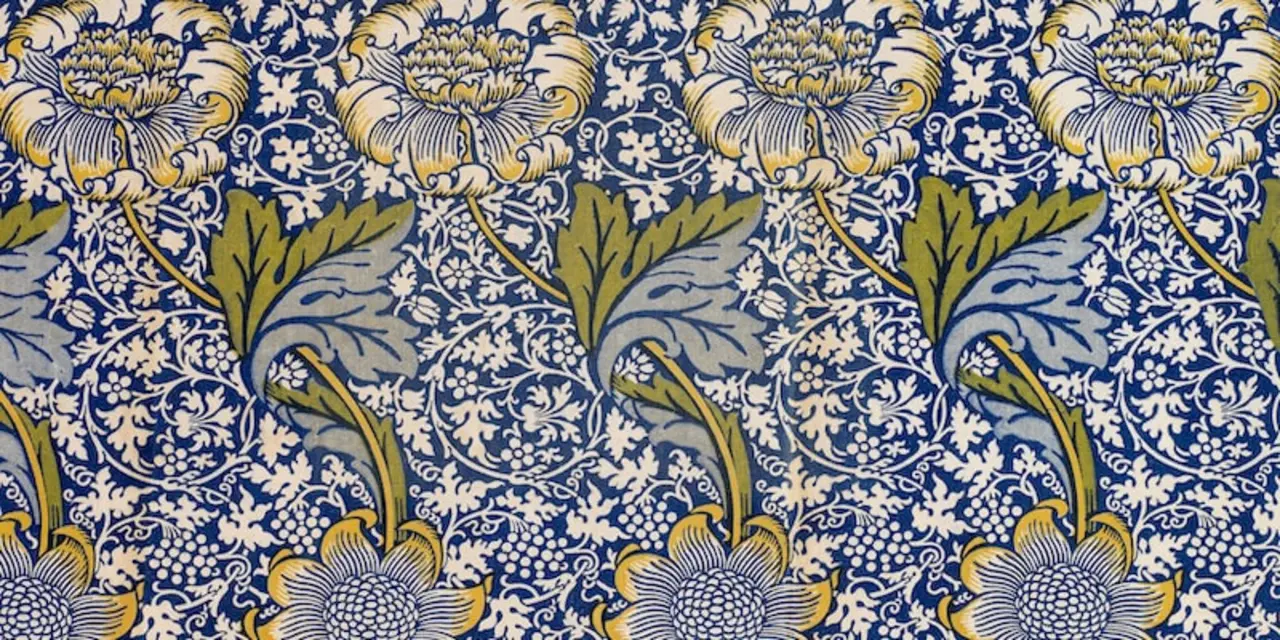
What are the reasons for the decline of Art Nouveau?
Art Nouveau was a revolutionary approach to art, architecture, and design that flourished in Europe and North America in the late 19th and early 20th centuries. It was characterized by its use of organic, flowing lines, naturalistic motifs, and a focus on the beauty of nature.
However, this popular style of art eventually went out of fashion and was replaced by other modernist movements such as Art Deco and the Bauhaus. So why did Art Nouveau decline? Here are a few possible reasons.
1. Political and Social Changes
After the First World War, there was a turn away from the ornate and luxurious styles associated with Art Nouveau. People were looking for simpler, more functional designs that reflected the changing political and social landscape.
2. Economic and Industrial Changes
The rise of industrialization and mass production made it easier and cheaper to produce items such as furniture and textiles. This meant that people could buy items that looked like Art Nouveau, but that were made with cheaper materials and were easier to produce.
3. Changing Aesthetics
The aesthetic of Art Nouveau was often seen as too flowery and ornamental, and this led to the emergence of more minimalistic styles such as Art Deco. This new style was much more modern and streamlined, and this appealed to a new generation of artists and designers.
4. New Technologies
The invention of new technologies such as photography and film had a huge impact on art, as it allowed for new ways of creating and displaying art. This meant that artists and designers had access to new materials and techniques, which led to the emergence of new styles and trends.
These are just a few of the reasons why Art Nouveau went out of fashion. Its aesthetic was seen as too ornate and luxurious, and it was replaced by simpler and more functional designs. Additionally, the rise of new technologies and materials allowed for the emergence of new styles and trends.
At the turn of the 20th century, Europe saw a major shift in the art world with the emergence of the Modernist movement. This movement brought about an emphasis on simplicity, functionality, and minimalism, which contrasted with the more elaborate and ornamental look of Art Nouveau. As Modernism began to take hold, Art Nouveau gradually fell out of fashion.
One of the main reasons for Art Nouveau's decline was its lack of practicality. The highly decorative style was often seen as too frivolous and impractical for modern living. This was especially true when compared to the sleek lines and industrial look of Modernism. As a result, many people began to prefer the look of Modernism over the more ornate Art Nouveau style.
Additionally, the economic climate at the time had a major impact on Art Nouveau's decline. With the rise of industrialization, people were looking for more efficient and cost-effective ways to decorate their homes. Art Nouveau, with its intricate designs, was simply too expensive for many people. As a result, they began turning towards the more affordable Modernism movement.
Finally, the shift in artistic styles was also due to changes in the political landscape. Art Nouveau was closely associated with the romantic era and the idea of a leisurely lifestyle, which was no longer seen as viable in the wake of World War I. Instead, people began to embrace the more progressive ideals of Modernism, which had a greater focus on progress and innovation.
Ultimately, the emergence of Modernism led to the decline of Art Nouveau. With its emphasis on efficiency, cost-effectiveness, and progress, Modernism became the preferred style of the 20th century, while Art Nouveau was relegated to the past.
Write a comment